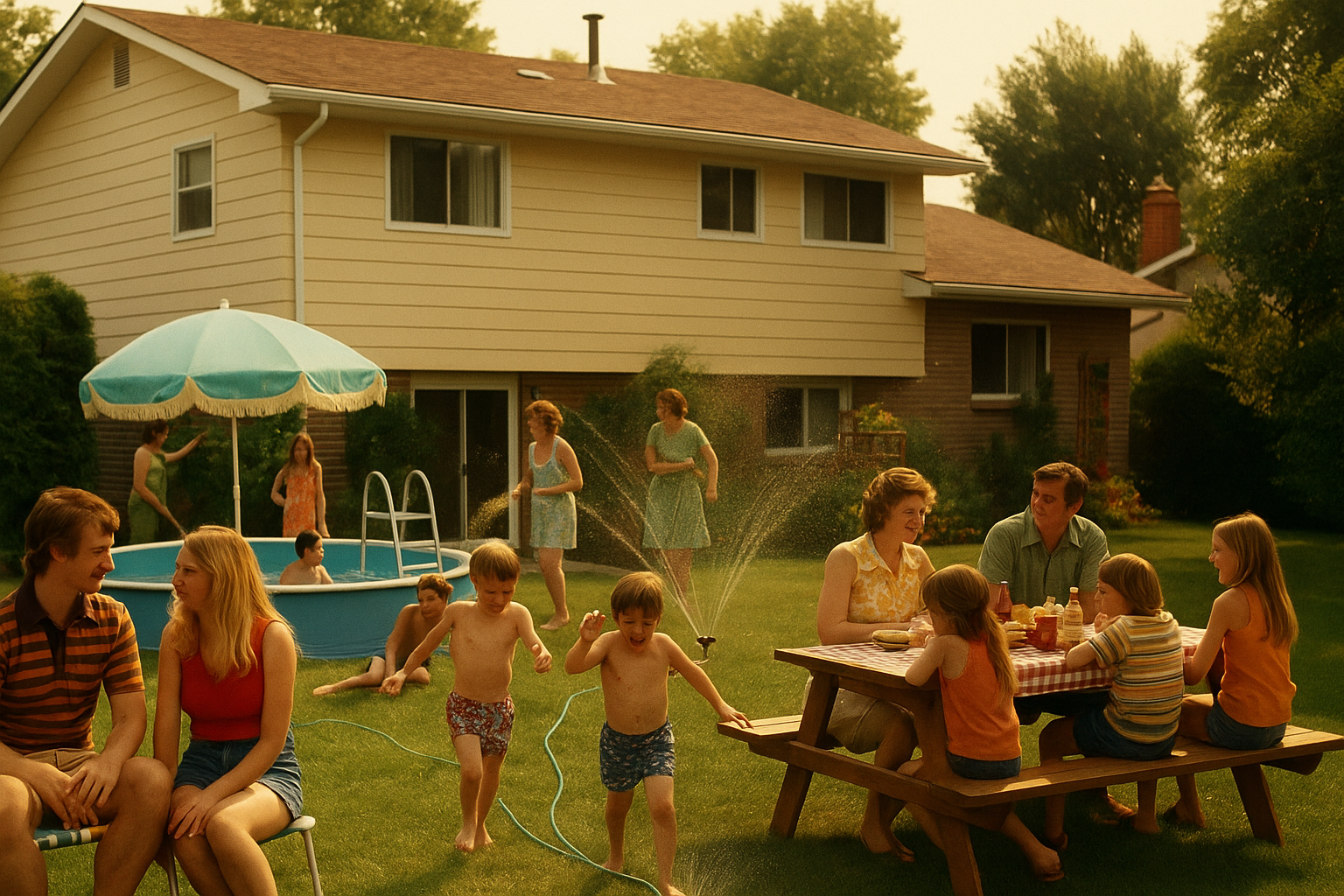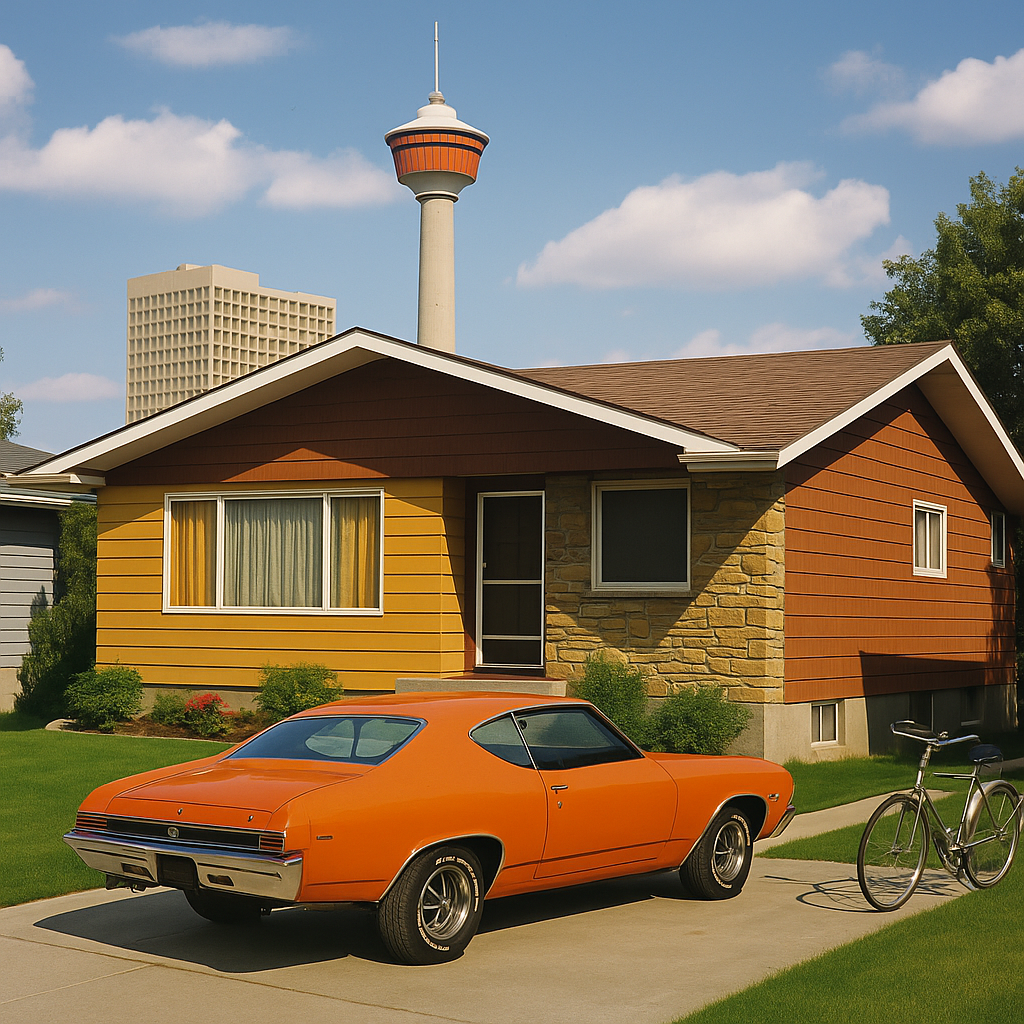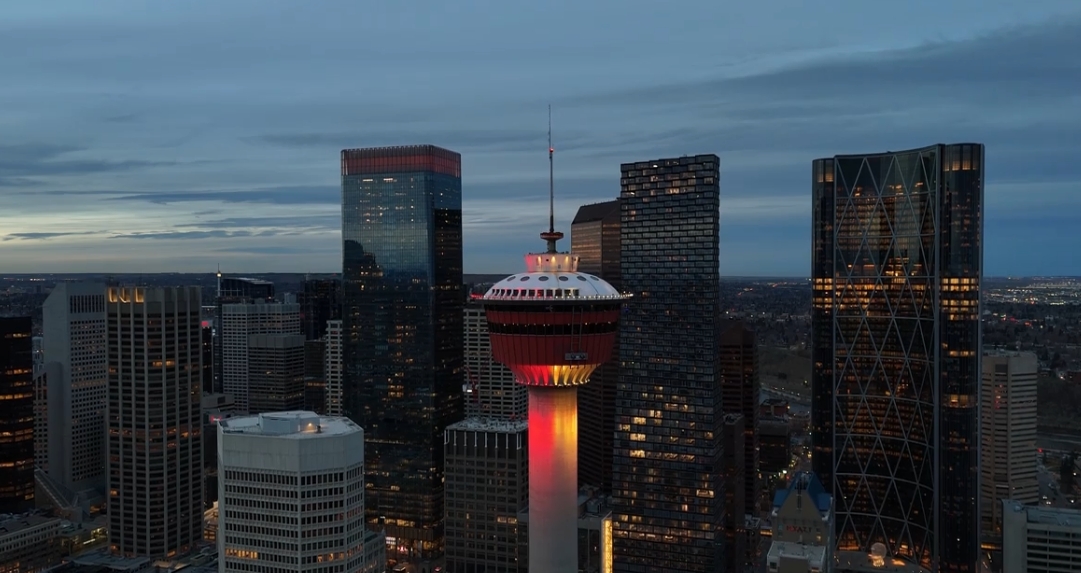Calgary in the 1970s: Urban Sprawl, Energy Shocks & Civic Transformation
Homes, Communities & Opportunity
The 1970s were a turning point for Calgary. Oil money was flooding in, downtown was rising fast, and new suburbs were expanding in every direction. As both a real estate expert and advanced construction industry knowledge, I’ve seen how this decade shaped the way our city grows—and how the homes built then are still delivering value today.
Calgary's energy sector hit overdrive. Between 1970 and 1980, the city grew by nearly 50%, attracting workers, investors, and developers from across Canada. Office construction boomed: towers like Bow Valley Square and Fifth Avenue Place redefined our skyline and brought corporate Calgary to the forefront.
Suburban Expansion & Neighbourhood Trends
In the northwest, communities like Dalhousie and Varsity set a new standard for family living with their curving streets, cul-de-sacs, and  access to parks and schools. Meanwhile, the southeast matured with solid middle-class neighbourhoods like Fairview and Maple Ridge, anchored by new shopping plazas and industrial growth. Huntington Hills, in the north, offered spacious split-levels with easy access to rec centres and trails—a classic '70s family setup.
access to parks and schools. Meanwhile, the southeast matured with solid middle-class neighbourhoods like Fairview and Maple Ridge, anchored by new shopping plazas and industrial growth. Huntington Hills, in the north, offered spacious split-levels with easy access to rec centres and trails—a classic '70s family setup.
Architectural Shifts & Energy-Smart Design
The decade ushered in practical designs with lasting appeal. Raised bungalows and split-levels gave homeowners flexible layouts and natural light. Larger lots, longer driveways, and more square footage reflected a shift toward long-term family living. With the oil crisis of 1973, energy efficiency entered the equation: better insulation, storm windows, and early double-pane installations became common.
Calgary Lifestyle in the '70s
Downtown Calgary was evolving fast. Stephen Avenue turned into a walkable destination with new shops and cafe culture. The +15 pedestrian network began connecting downtown towers—a uniquely Calgary solution to winter walking. In the suburbs, drive-ins, three-car garages, and family restaurants like Swiss Chalet and White Spot defined the rhythm of daily life. Community halls, rinks, and expanded school networks built a strong neighborhood culture.
Business & Culture Highlights of the 1970s
The 1970s weren’t just about oil and real estate—they also marked the rise of Calgary’s modern cultural and commercial scene. Several major businesses and institutions that define Calgary today either launched or expanded significantly during this decade:
-
The Keg Steakhouse + Bar (Founded 1971)
Calgary was home to the first Keg, ushering in a new wave of casual steakhouse dining that combined quality food with a relaxed atmosphere. It quickly became a go-to for locals—and grew into one of Canada’s most iconic restaurant chains. -
Calgary Folk Music Festival (Founded 1979)
What started as a small grassroots music event is now one of the world’s most respected folk festivals, drawing major international artists and thousands of fans every summer. -
Canadian Tire (1970s Expansion)
While the brand began earlier, the ‘70s were when Canadian Tire really dug in across Alberta. Calgary saw a rapid expansion in store presence—solidifying the brand as a household staple. -
Domino’s Pizza (First Calgary Location in the '70s)
Known for its quick delivery and consistent quality, Domino’s became one of the first pizza chains in Calgary to offer fast service—a concept that caught on quickly. -
Citytv Calgary (Launched in 1974)
Part of the wave of local media innovation, Citytv brought edgy, community-focused programming to Calgary and helped shape the city’s media identity.
Other Milestones from the 1970s
-
Calgary Tower became a true city icon in this decade—symbolizing Calgary’s growing skyline and international aspirations.

-
Epcor (then Calgary Power) established in 1971, helped grow Calgary’s utility infrastructure as the population surged.
-
Mount Royal College (now Mount Royal University) expanded significantly in the ‘70s, contributing to Calgary’s educational evolution.
-
YYC Airport underwent major upgrades—laying the groundwork for Calgary to become a western Canadian travel hub.
-
Alberta Ballet was founded in 1973, anchoring Calgary’s performing arts scene and rising to world-class status in the decades that followed.
Real Estate Snapshot: Then & Now
-
1974 Bungalow Price: ~$40,000
-
Average Household Income: ~$14,000/year
-
Mortgage Terms: 25 years, 10–15% down, 9–11% interest
-
2024 Value: $500K–$700K+, depending on location and updates
A Glenbrook bungalow bought in 1974 for $40K could easily fetch 10–15× that today. Homes from this era, when updated with modern finishes and energy systems, continue to offer strong returns.
Why This Decade Still Matters
The 1970s laid the groundwork for Calgary’s long-term real estate growth. Here’s why:
-
Equity Builders: Sturdy structures and big lots mean great bones for renos or infill.
-
Infill Potential: These wide lots are perfect for laneway suites or total rebuilds.
-
Market Resilience: Even through market corrections, these homes hold long-term value.
Visual Insights
Picture a raised bungalow in Varsity: brick accents, a double garage, and a huge backyard. These homes are still in demand today—especially when updated with open-concept kitchens, modern windows, and curb appeal.
In Summary
| Metric | 1970s Insight | Today’s Market |
|---|---|---|
| Average Home Price | ~$40,000 | $500K–$700K depending on area |
| Mortgage Terms | 25 years, ~10% down | Refinance options available |
| Popular Suburbs | Varsity, Dalhousie, Fairview | Still desirable, high resale |
| Investment Takeaway | Oil boom-fueled growth | Long-term value with renos |
The 1970s gave Calgary its modern shape. From downtown towers to suburban blocks, this was a decade of bold growth and lasting impact. If you're looking to invest, renovate, or understand how this era still drives Calgary's market today, I’m here to help.
Let’s Connect
Thinking of investing in a '70s-era property? Or wondering if now’s the time to update and re-sell? Let’s talk strategy.
Follow @DuskoSremac_REPYYC on Instagram for real estate insights and renovation inspiration.
Next in the Series: Calgary in the 1980s — Boom, Bust & Cultural Maturation

Dusko Sremac – Calgary REALTOR®
With a deep understanding of Calgary’s growth corridors and property evolution, Dusko Sremac specializes in 1970s-era homes and energy-smart investment strategies. His combined experience in the construction industry and REALTOR® helps clients uncover value in neighborhoods shaped by the oil boom and suburban expansion.
From raised bungalows in Varsity to split-levels in Fairview, Dusko helps homeowners and investors tap into renovation-ready properties with infill potential and long-term resilience. His insight into how these homes were built—and how to modernize them effectively—makes him a key resource in Calgary’s evolving market.
Cell: 403-988-0033 | Email: dusko@repyyc.com


Leave A Comment